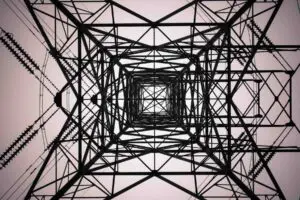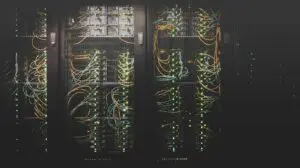What is a reasonable Feed-in Tariff (FiT) and why should a solar household in Bundanoon receive less than a solar household in Ballarat?
From July 2017, Victorian solar households will see a rise in the mandated minimum FiT. While this is good news for Victorians, residents of other states are left to compare and negotiate a FiT from their retailer. As a result, many are left with a less than fair and reasonable FiT.
An examination in each state and territory of the value of solar energy and best structure of a FiT is the first step in developing supportive regulation. Even if some components of value cannot be quantified, such an exercise will avoid the unfairness of unreasonably low FiTs.

The July 2017 increase in Victoria
Last month, the Essential Services Commission (ESC) announced an increase to the minimum FiT to be paid to Victorian solar households. As of July 2017, an 11.3c FiT will apply to small renewable generators in Victoria that have less than 100 kW capacities.
To determine the wholesale value of distributed generation, ESC used ACIL Allen Consulting’s proprietary PowerMark model. The forecast average pool price from the PowerMark model is $77.22/MWh for 2017–18. The ESC then examined the weighting of relevant export time intervals, settling on a forecast solar weighted average pool price of $81.30/MWh for 2017–18. The ESC subsequently applied a loss factor of 1.074, added 0.1 c/kWh for avoided ancillary service charges and market fees, and applied a social cost of carbon of $0.025/kWh.
In contrast to Victoria, solar households in other states and territories are left to shop around for the best offer. Electricity retailers in all eastern states are required to present their offers in a standard way, designed to help consumers determine which offer is best. The Australian Energy Regulator operates Energy Made Easy (www.energymadeeasy.gov.au) to help consumers compare offers. The Independent Pricing and Regulatory Authority of New South Wales (IPART) has produced an Excel tool to help solar households in NSW compare offers.
In reality, it is very difficult to compare energy offers, particular energy offers with a solar FiT component. As a result, a large number of consumers are not getting the best FiT or retail rate available.
Victorian efforts at examining true value
The ESC recently concluded a review into the ‘true value’ of distributed generation. The ESC examined a range of submissions and looked at the various categories of value, with its final report on the network value of distributed generation published yesterday.
The exercise identified various components that make up the value of distributed generation, but the ESC was unable to quantify certain components including the network value of distributed generation and the social and other environmental value through reductions in pollution. The inability of the ESC to quantify these components was a result of either a lack of data or a finding that a single value could not be assigned (as that value would be a function of time and location).
In its report on the network value of distributed generation, the ESC considered the need for a market for ‘grid services’ such as managing congestion, providing system-wide ancillary services, such as voltage regulation, frequency response or system inertia. A ‘grid services’ market would be difficult to implement within the existing regulatory framework.
Quantity and Structure are important
Both the amount and structure of any FiT are important.
A mandated FiT, across all times and locations, ignores the reality of the changing wholesale value of electricity and the importance of location and time on network value. The current Victorian FiT is a mandated minimum, reviewed each year.
The spot price of electricity on the wholesale market varies significantly over a much shorter timeframe. The dispatch price of electricity in the wholesale market is determined every five minutes, with six dispatch prices in a half-hour period used to average the regional spot price.
In structuring a FiT, one option would be to fix a value to certain components (i.e. reduced CO2 emissions, health benefits, avoided costs on a per kWh basis) and update variable components (i.e. the wholesale value and ‘grid service’ value) at regular intervals based on the location of the solar household.
Ensuring costs and benefits are reflected in network tariffs
Even a mandated minimum FiT can be eroded by changes in the structure of network tariffs. While many network businesses are publicly supportive of renewable energy, the way they charge has the potential to undermine any regulated minimum FiT. Network businesses need to be involved in the valuation of distributed generation, and all costs of distributed generation should be accounted for.
Once the value of distributed generation has been agreed and regulated there should be no ability for network tariffs to undermine that valuation.
The integration of distributed generation such as solar PV and energy storage will require both stable policy and supportive regulation. Perhaps we can start this process by looking carefully at the value of distributed generation and the best structure of a FiT in all states and territories.
Regardless of what method is used, a minimum mandated FiT (even one that does not capture all value) in states such as NSW will address the unfairness of a FiT in the order of 6c/kWh.
Connor James is a guest contributor for Renew Economy. This article has been reproduced with permission.







